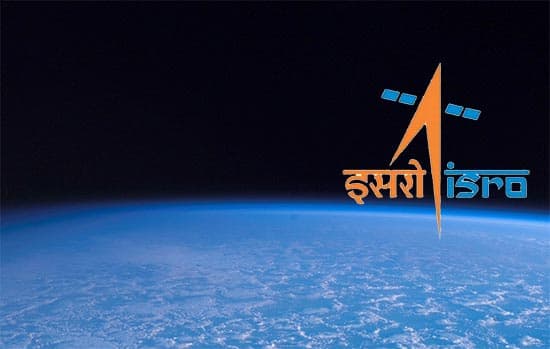ISRO Heavy Lift Launch Vehicle (HLV) To Carry Satellites Weighing ~10 Tonnes
The Indian Space Research Organisation is developing new heavy lift launch vehicle (HLV) to carry future satellites, weighing up to 10 tonnes. Dr. M.C. Dathan, the director of Vikram Sarabhai Space Centre at Thiruvananthapuram informed that the upcoming scheduled test flight of GSLV MK3 in 2016 will be able to carry satellites up to 4 tonnes. However, the future satellites will weigh a minimum of about six tonnes and it's become necessary to design and develop heavy lift launch vehicle.
Dr. Dathan further informed that ISRO is taking a modular approach to develop the HLV. One of the ideas is to add a semi-cryogenic engine stage to the GSLV MK3 which will generate a total lift of about 6 tonnes. A more powerful upper cryo-stage will be required to generate an overall lift of about 10 tonnes. ISRO engineers are considering need-based, progressive development of the MK3 variants instead of a new rocket altogether every time.

The innovation in technology related to circuit design and miniaturisation is leading to lighter weight satellites which require lesser lift to put them into orbit. This is why ISRO's adopting a modular approach. Dr. Dathan further informed that ISRO's also developing an orbiter, lander and rover for the upcoming Chandrayaan-2 mission. India second mission to the moon is planned in 2017.
We've seen a lot of action at ISRO in the recent times. We ISRO's talented engineers and scientists all the best for all the upcoming missions. We promise to keep our readers updated with the latest and the best from ISRO.
Source: <a href="https://www.thehindu.com/news/cities/Thiruvananthapuram/isro-developing-heavy-lift-launch-vehicles/article7262881.ece" target="_blank" rel="noopener noreferrer">ISRO developing heavy lift launch vehicles - The Hindu</a>
Dr. Dathan further informed that ISRO is taking a modular approach to develop the HLV. One of the ideas is to add a semi-cryogenic engine stage to the GSLV MK3 which will generate a total lift of about 6 tonnes. A more powerful upper cryo-stage will be required to generate an overall lift of about 10 tonnes. ISRO engineers are considering need-based, progressive development of the MK3 variants instead of a new rocket altogether every time.

The innovation in technology related to circuit design and miniaturisation is leading to lighter weight satellites which require lesser lift to put them into orbit. This is why ISRO's adopting a modular approach. Dr. Dathan further informed that ISRO's also developing an orbiter, lander and rover for the upcoming Chandrayaan-2 mission. India second mission to the moon is planned in 2017.
We've seen a lot of action at ISRO in the recent times. We ISRO's talented engineers and scientists all the best for all the upcoming missions. We promise to keep our readers updated with the latest and the best from ISRO.
Source: <a href="https://www.thehindu.com/news/cities/Thiruvananthapuram/isro-developing-heavy-lift-launch-vehicles/article7262881.ece" target="_blank" rel="noopener noreferrer">ISRO developing heavy lift launch vehicles - The Hindu</a>
0

